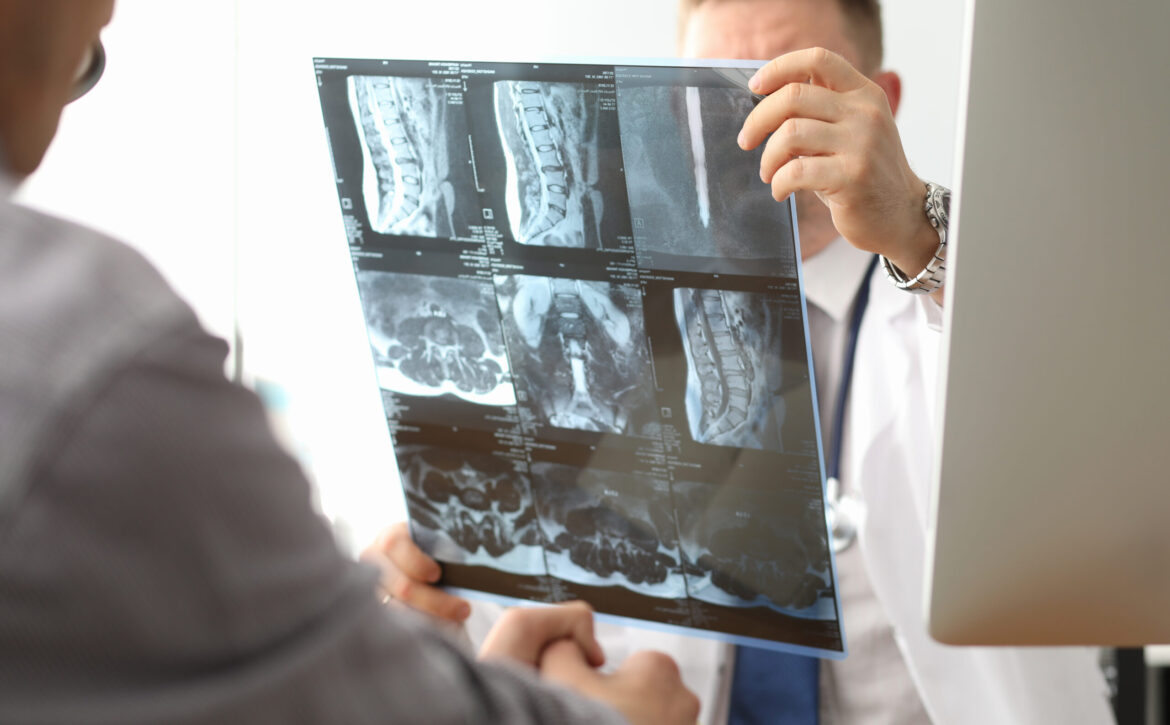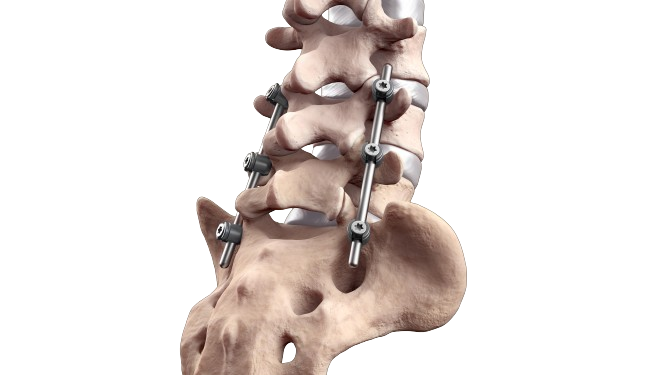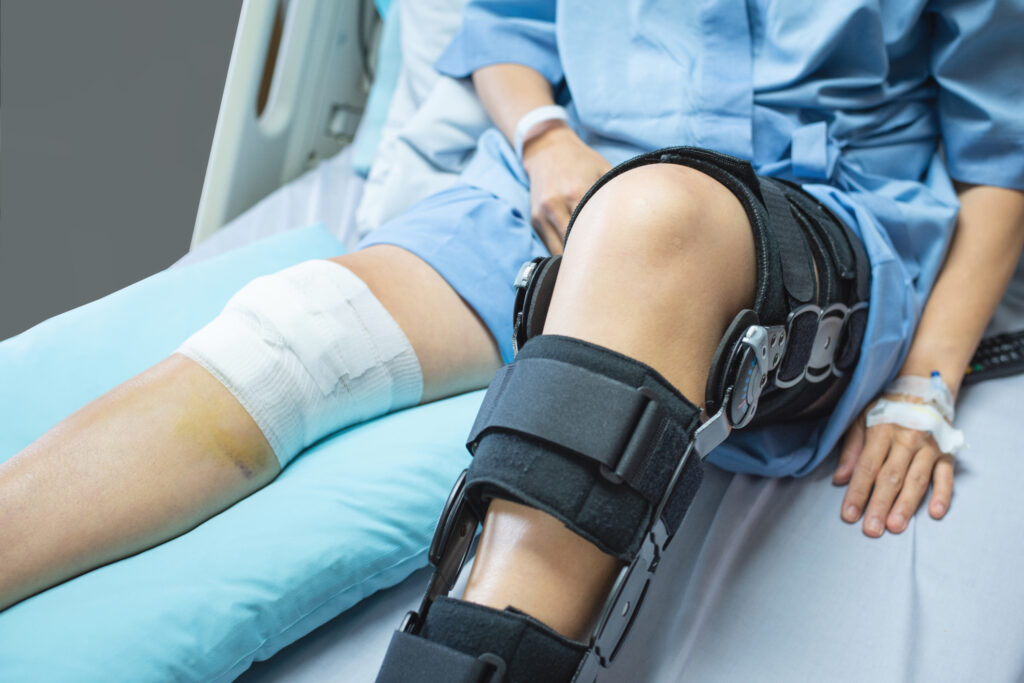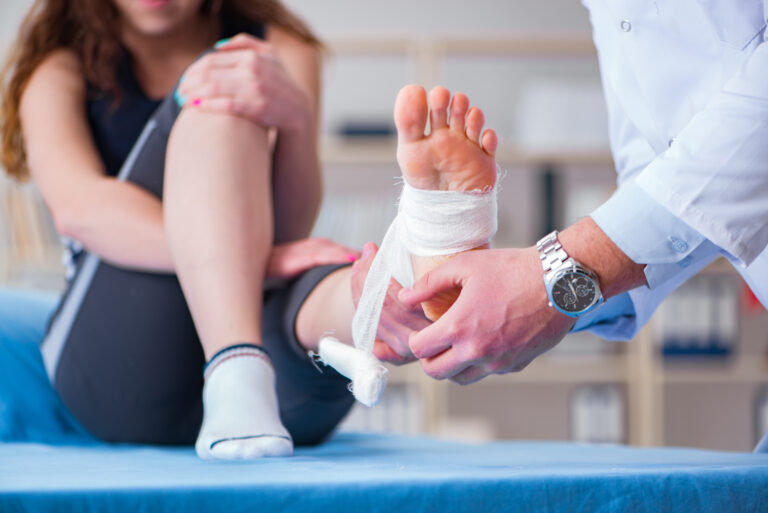Lower Back Pain from Running
Whether you’re diligently training for a marathon, weaving through wooded trails with friends, or simply enjoying the rhythmic solitude of a solo jog, running offers a plethora of physical and mental benefits. From boosting cardiovascular health to fostering a deeper connection with nature, the joys of running are vast and varied. Yet, amidst the euphoria of pounding pavements and conquering miles, there lurks a common nemesis: lower back pain. This insidious discomfort has the potential to cast a shadow over your running endeavors, threatening to derail even the most fervent fitness aspirations. Regardless of whether you’re a seasoned marathoner or a leisurely jogger, grappling with lower back pain can be both frustrating and debilitating. However, armed with knowledge and proactive measures, you can mitigate this nuisance and stride confidently towards your running goals. Lower back pain stemming from running can be attributed to a myriad of factors, each requiring careful consideration and tailored solutions:
Poor Running Form
Maintaining proper running form is essential. Leaning too far forward or backward, overstriding, or having a weak core can put undue stress on your lower back.
Solution: Focus on maintaining a neutral spine, engage your core, and consider consulting a running coach to refine your technique.
Inadequate Footwear
Worn-out or improper shoes can affect your posture and running gait, leading to lower back pain. This is due to uneven pressure applied throughout the foot.
Solution: Invest in high-quality running shoes that offer good support and cushioning. Replace them every 300-500 miles to ensure they provide adequate support.
Muscle Imbalances
Weakness in the core or hip muscles can cause an uneven distribution of forces, stressing your lower back. This could lead to over problems such as poor running form.
Solution: Incorporate strength training exercises focusing on the core, hips, and lower back into your routine. Planks, bridges, and leg lifts can be particularly beneficial.
Overtraining
Increasing your mileage or intensity too quickly can lead to overuse injuries, including lower back pain. It is often hard to know you are overtraining before it is too late.
Solution: Follow a gradual training plan that allows your body to adapt. Ensure you have adequate rest and recovery days.
Poor Running Form
Maintaining proper running form is essential. Leaning too far forward or backward, overstriding, or having a weak core can put undue stress on your lower back.
Solution: Focus on maintaining a neutral spine, engage your core, and consider consulting a running coach to refine your technique.
Inadequate Footwear
Worn-out or improper shoes can affect your posture and running gait, leading to lower back pain. This is due to uneven pressure applied throughout the foot.
Solution: Invest in high-quality running shoes that offer good support and cushioning. Replace them every 300-500 miles to ensure they provide adequate support.
Muscle Imbalances
Weakness in the core or hip muscles can cause an uneven distribution of forces, stressing your lower back. This could lead to over problems such as poor running form.
Solution: Incorporate strength training exercises focusing on the core, hips, and lower back into your routine. Planks, bridges, and leg lifts can be particularly beneficial.
Overtraining
Increasing your mileage or intensity too quickly can lead to overuse injuries, including lower back pain. It is often hard to know you are overtraining before it is too late.
Solution: Follow a gradual training plan that allows your body to adapt. Ensure you have adequate rest and recovery days.

When to See an Orthopedic Surgeon
While many instances of lower back pain can be managed with self-care and adjustments to your training routine, some cases require professional intervention. If you experience persistent pain, numbness, or weakness that affects your daily activities, it may be time to consult an orthopedic surgeon. An orthopedic surgeon specializes in the musculoskeletal system and can provide a comprehensive evaluation to determine the root cause of your back pain. They are equipped to diagnose complex conditions such as herniated discs, spinal stenosis, or degenerative disc disease that might not respond to conventional treatments. If conservative treatments like physical therapy, medications, or lifestyle modifications fail to alleviate your symptoms, an orthopedic surgeon can discuss advanced treatment options, including minimally invasive procedures or surgery, to help restore your mobility and improve your quality of life. Seeking timely professional help can prevent further deterioration and ensure that you receive the most effective care for your condition.

When to See an Orthopedic Surgeon
While many instances of lower back pain can be managed with self-care and adjustments to your training routine, some cases require professional intervention. If you experience persistent pain, numbness, or weakness that affects your daily activities, it may be time to consult an orthopedic surgeon.
An orthopedic surgeon specializes in the musculoskeletal system and can provide a comprehensive evaluation to determine the root cause of your back pain. They are equipped to diagnose complex conditions such as herniated discs, spinal stenosis, or degenerative disc disease that might not respond to conventional treatments. If conservative treatments like physical therapy, medications, or lifestyle modifications fail to alleviate your symptoms, an orthopedic surgeon can discuss advanced treatment options, including minimally invasive procedures or surgery, to help restore your mobility and improve your quality of life. Seeking timely professional help can prevent further deterioration and ensure that you receive the most effective care for your condition.
Dr. Brian Rich: Expert in Orthopedic Surgery and Back Pain Management
Dr. Brian Rich: Expert in Orthopedic Surgery and Back Pain Management
Dr. Brian Rich is a board-certified orthopedic surgeon known for his expertise in diagnosing and treating back pain. He utilizes the latest medical advancements and minimally invasive techniques to provide effective and personalized care. Understanding that each patient is unique, Dr. Rich prioritizes patient education and involvement in the treatment process. He ensures you understand your condition and the available treatment options, empowering you to make informed decisions about your health. By utilizing the latest in medical technology and surgical techniques, Dr. Rich ensures that you receive the best care possible. His minimally invasive procedures result in quicker recovery times and less postoperative pain.
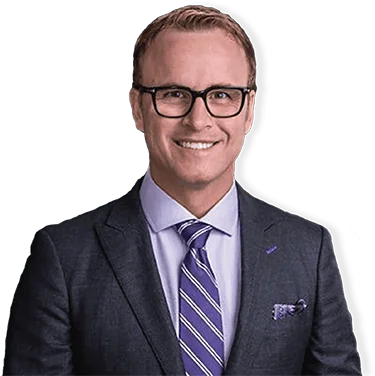
If you’re struggling with lower back pain from running, don’t let it hinder your active lifestyle. Start by addressing the common causes and making necessary adjustments. However, if your pain persists, it might be time to seek professional help. Dr. Brian Rich is dedicated to helping you achieve a pain-free life through expert orthopedic care. His patient-centered approach and advanced techniques make him the ideal choice for anyone experiencing lower back pain. Don’t wait until your condition worsens – schedule a consultation with Dr. Brian Rich today and take the first step towards relief and recovery.


